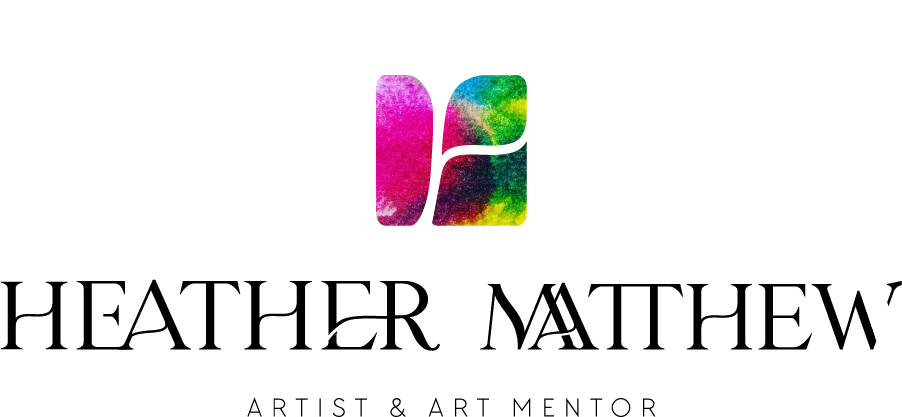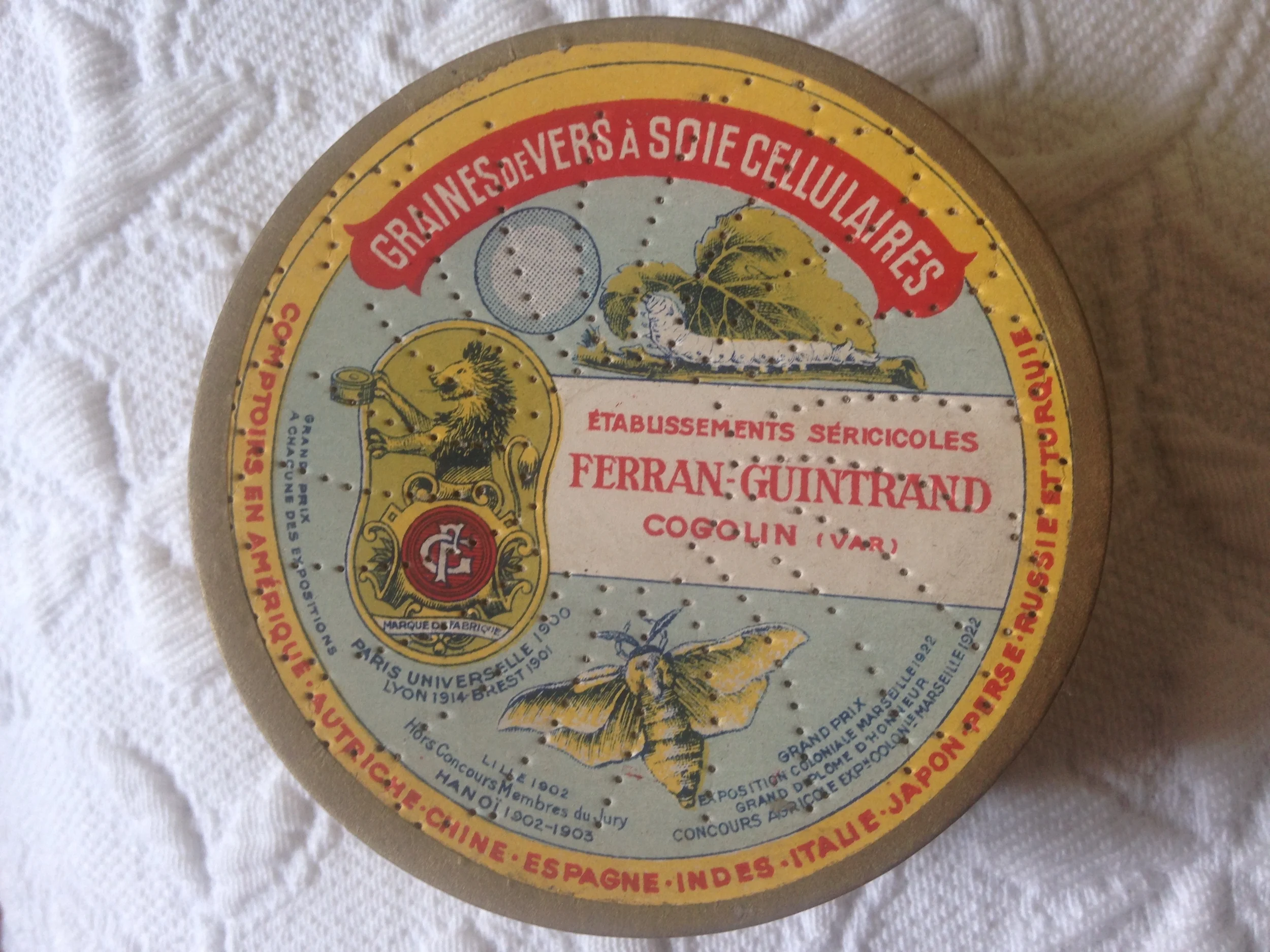Hunting and Collecting
One of the circular graines de vers à soie boxes. You can see the pin hole marks up close.
The first part of any new project is reconnaissance ~ that's a French word meaning preliminary surveying or research from the verb reconnaître, to recognise. La filature is a huge space, empty and waiting. It has large, high windows which allowed the maximum amount of light inside to enable the workers to see the fine threads of silk they were spooling. This room is thus wonderful for exhibition spaces and concert recitals, it has blackout curtains which are drawn when films are screened on the back wall.
When I first walked inside It was dark. The curtains were pulled back to allow light to stream onto the floor. I was immediately daunted at the enormity of the place, its sense of expectation. How am I to respond to this space? What stories does it have to share? What can I bring to this studio residency to interweave my artistic sensibility into its current use and history?
Yesterday we visited another artist Jan Fairbairn-Edwards in her papermaking studio at Le Vigan, about 45 kilometres away in another part of Les Cévennes. She herself had created various installations and responses to the silk production area when she first came to live in the region twenty years ago and shared with me some of her insights. Jan organised the International Biennial for Paper & Fibre Art in Taiwan last year to which I was invited as an artist to give a presentation about my suite of works Soundscapes.
It was through this exhibition that I met Isis Olivier, who has a studio at la filature and invited me to apply for this summer residency. Circles within circles. It was circles I was thinking of when Jan showed me her embroidery hoop frames she had constructed for a papermaking demonstration in Taiwan. They are the perfect start to my first response to the small circular boxes of the graines de vers à soie. After a sumptuous lunch under the shade of a huge fig tree in her garden, we packed the boot of her car which transported us back to our hire car at the top of the road, with paper, cut branches of heather, embroidery frames, a book on silk production in France (in French) and a large electric blender I will use for some small papermaking experiments. A good day of hunting and collecting.
We returned home to the magnanerie for a late supper with Isis, Pierre and his immediate family under another tree. Both Pierre's mother and his cousin also worked in the silk production trade for a time, and I will record some of their recollections this week. I asked if there were songs which the workers sung in the factories while they worked. Mais non! there were extremely strict rules governing the work at la filature. No talking was one of them. But apparently they were allowed to sing! I imagined cotton fields type singing, the forerunners of gospel songs. Not far off the track, but it turns out they were only allowed to sing psalms. This leads to another whole area of research because silk production in France was mostly a protestant affair. We are going to the silk museum in another town to find out more....
My new papermaking circular embroidery frames, some paper linters and silk cocoons.
This project was assisted by a grant from Create NSW, an agency of the New South WalesGovernment. The NSW Artists' Grant is administered by the National Association for the Visual Arts (NAVA).






